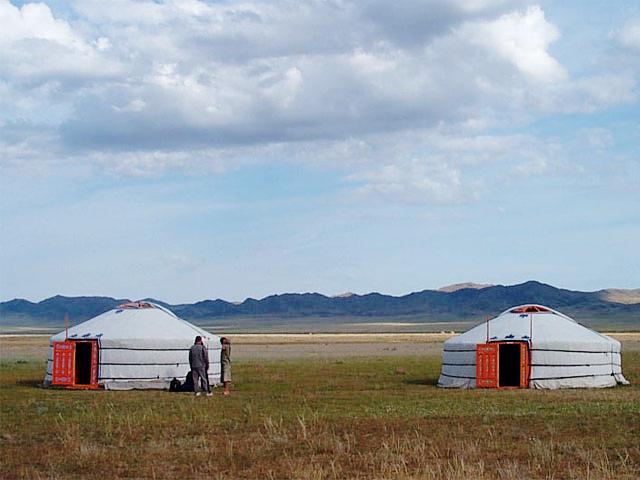In 1881 my husband Greg’s great great grandparents John Plowright (1831 – 1910) and Margaret Plowright née Smyth (1834 – 1897) adopted a boy—their grandson—named Frederick Harold Plowright. The child’s father was James Henry Plowright; his mother was Elizabeth Ann Cooke, née Onthong.
Elizabeth Ann Onthong was born in 1862 in Avoca, Victoria, to Thomas Onthong and Bridget Onthong née Fogarty. The Onthong family later used the surname Cook (or Cooke). Elizabeth was the fourth of six children; she had four brothers and one sister, Mary Ann.
Elizabeth’s parents Bridget Fogarty and John Tong were married on 17 October 1855 in the Church of England vicarage at Carisbrook.

The marriage certificate has them both living in Avoca. Neither could sign their name.
John Tong, son of William Tong storekeeper, was born in Amoy, China. His occupation was cook, and he was 26 years old. The certificate notes that he “could not tell his mother’s name (Chinese)”. This presumably meant that he was unable to transcribe the sounds of her name into English letters. He was probably also illiterate in Chinese.
Bridget Fogarty was born at Burr (Birr), King’s County (now County Offaly), Ireland. She was a servant, she stated her age was 21, and her parents were Michael Fogarty, farmer, and Ann Whitfield.
John Tong’s birthplace Xiamen 廈門 (pinyin: Xiàmén) is a city on the Fujian coast of China. For many years, the name, pronounced ‘Emoui’ in the Fujian dialect, was rendered ‘Amoy’ in Post Office romanization.

At the end of 1854 it was estimated that more than 10,000 Chinese lived and worked on the Victorian goldfields. In 1855 alone more than eleven thousand Chinese arrived in Melbourne, many of them indentured labourers from the province of Fujian via the port of Amoy.
John Tong arrived before the Victorian parliament passed the Chinese Immigration Act 1855, legislation meant to restrict Chinese immigration by imposing a poll tax of ten pounds upon every Chinese arriving in the Colony and limiting the number of Chinese on board each vessel to one person for every 10 tonnes of goods. (£10 was worth about $9,000 today in comparing average wages then and now [from MeasuringWorth.com])
Though at the time of his marriage John Tong’s occupation was cook, he later worked as a miner at Deep Lead near Avoca. Three of his sons were also Avoca miners.
John Tong was also known as Thomas or Tommy Cook. Tommy Cook was mentioned several times in the newspapers. In 1866 he was noted as having “attained considerable proficiency in the English language.” In 1871 his son William gave evidence in a court case and he, William, was the son of “Thomas Cook, a miner, residing at the Deep Lead, Avoca.” In 1875 Bridget bought a charge of assault against her husband, Ah Tong, alias Tommy Cook. He was described as “a tall, powerful, and rather wild-looking Chinaman”. Bridget said he “was very lazy, and when he got any money would go and gamble it away.”
In October 1890 Tommy Cook and his son George Cook gave evidence in the inquest of the death of George Gouge. From the report in the Avoca Mail:
Tommy Cook deposed – I am residing at Deep Lead, near Avoca. I am father of George Cook. Knew deceased. I found the body lying about six o’clock on Friday morning about 200 yards from the hotel …
MURDER AT AVOCA. Avoca Mail 7 October 1890
I do not know when and where John (Tommy Cook) died nor where he was buried. Bridget died in the Amherst hospital in 1898 but her death certificate had no details of her marriage or children.
In 1935 the “Weekly Times” had a picture of an old hut on the Avoca gold-diggings.

Vic. : 1869 – 1954), p. 38 (FIRST EDITION). Retrieved
from http://nla.gov.au/nla.news-article223890597
A newspaper clipping published in the 1930s claims that this was the hut of Henry, George, and Frank, three of the sons of John and Bridget. The hut was said to have been known as “Cook’s Hut”.
Related Posts
Wikitree:















